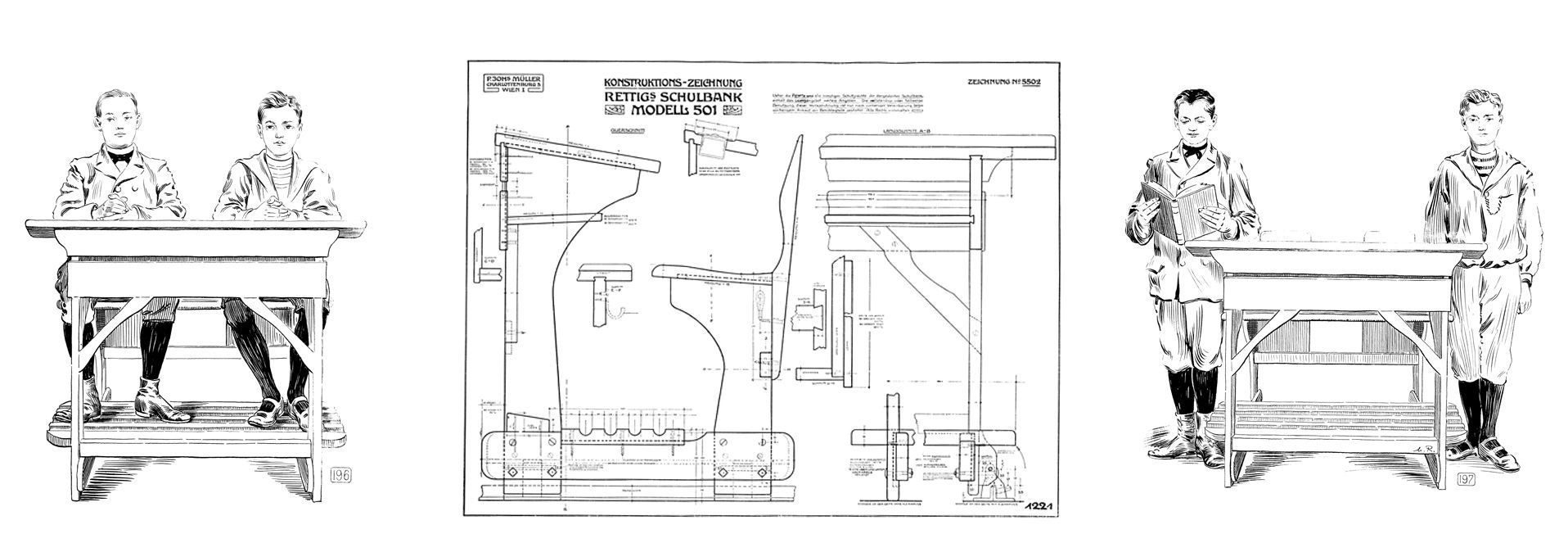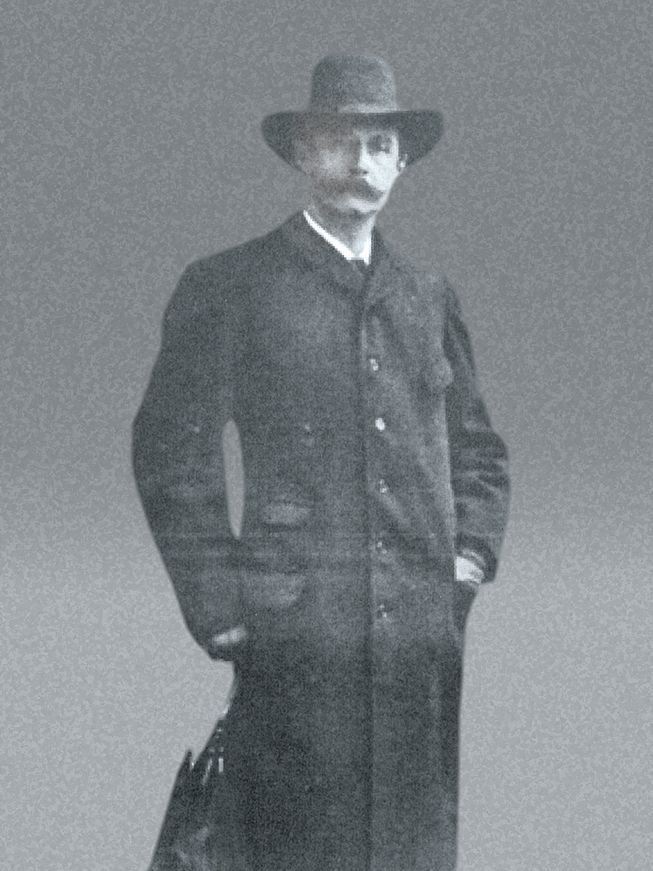Wilhelm Rettig Once from the very beginning with our 1st design partner
May we introduce. Our 1st design partner: Wilhelm Rettig. The German architect designed our first piece of furniture before we were founded in 1895 - the "Rettig bench". This type of school bench is one of the most successful in German classrooms. Learn more about the pioneer Wilhelm Rettig and his impressive career.




